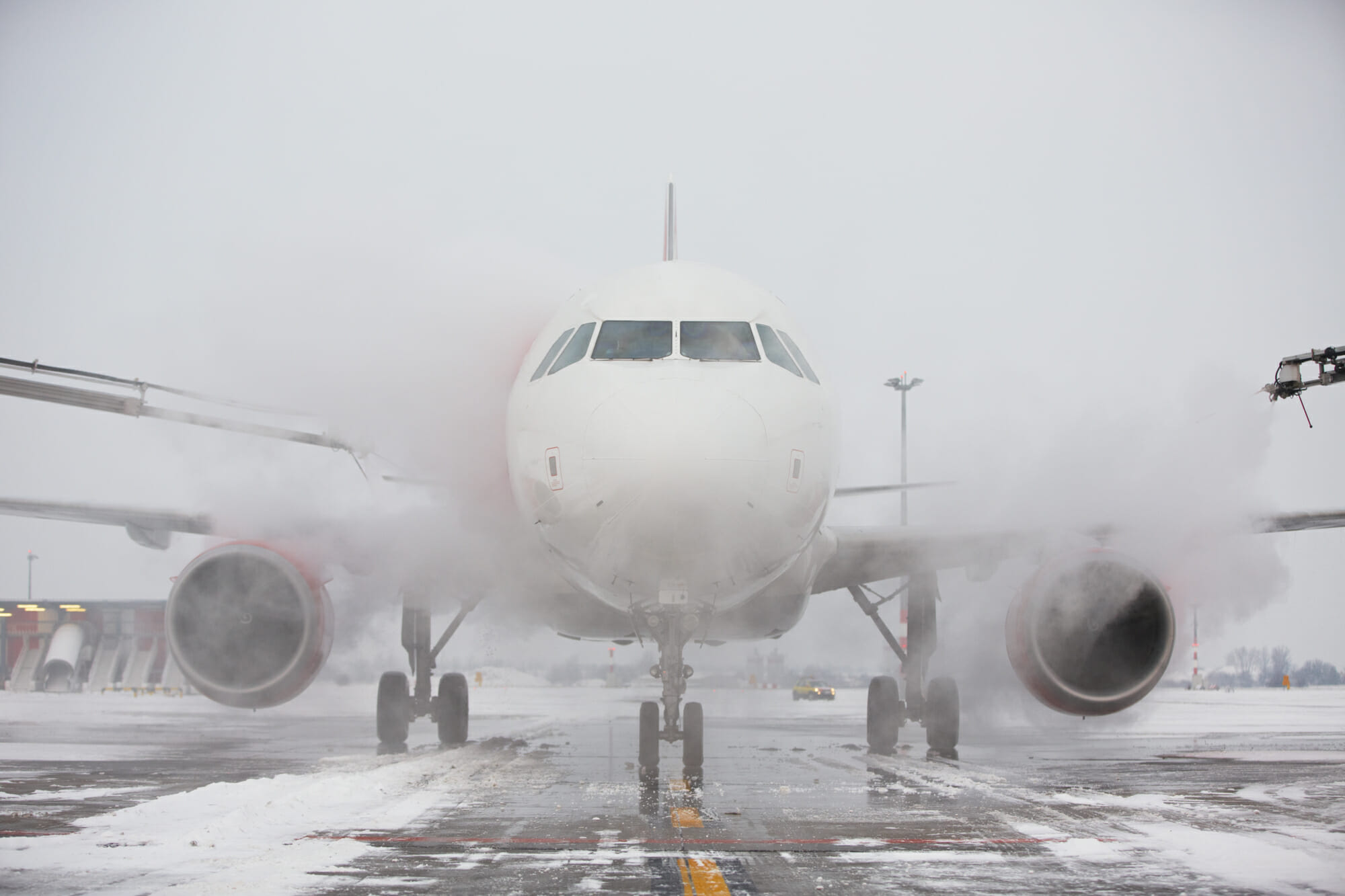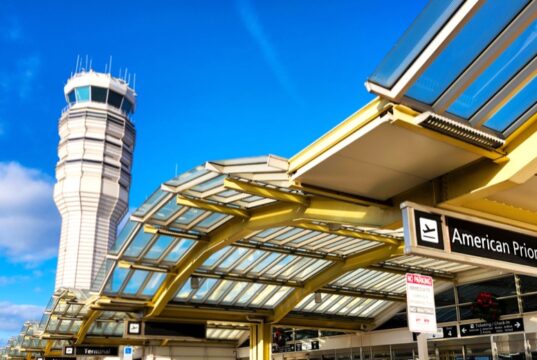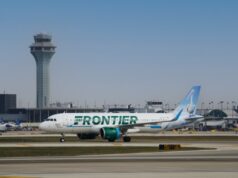
Aircraft icing is, without a doubt, one of the major weather hazards to aviation. In-flight icing occurs when super-cooled droplets suspended in the atmosphere adhere to the structure of an aircraft. The accretion of the super-cooled liquid not only disrupts the normal airflow patterns, but also impairs the ability of the lifting surfaces to create lift, resulting in a significant degradation of aircraft performance. Consequently, it is crucial for pilots to understand the aerodynamic effects of icing, and, at the same time, know exactly how to react, should an encounter occur. Because ice accumulation on the lifting surfaces of an airplane will significantly deteriorate lift, in order to compensate for the loss of lift and maintain altitude, both power and angle of attack must be increased, causing an amplified susceptibility of the fuselage to accumulate additional ice.
Airplanes certified to fly into icing conditions are commonly equipped with devices designed to either prevent ice from accumulating on surfaces or removing it once it has already formed. Equipment includes pneumatic-boots, heating elements on the propeller and liquid. Ice on airfoils often affects the coefficient of lift a wing produces. Studies demonstrate that modifications to the contour shape and roughness of the surface force the airflow to separate from the wing at a lower angle of attack, and as a result, increase the stalling speed by up to fifteen knots. Hence, pilots landing in icing conditions should consider increasing the Vref on approach, land without flaps, and be alert not to pitch up excessively during flare. When full flaps are extended at low altitudes during the landing phase, we are creating the greatest downwash, and consequently, the odds of recovery from an uncontrollable nose pitch down are almost impossible. The drag coefficient increases steadily as ice accretes, but one more time, at very small angles of attack, the effect is insignificant.
The effects of ice on the wings depend on whether the wing is protected or not. Unprotected wings are typically not certified to fly into known icing conditions. However, pilots may encounter icing inadvertently. Based on what has been previously mentioned, the ice causes an increase in drag, which the pilot detects by noticing a loss in speed. Airplanes with limited power, such with most general aviation craft not certified to fly into icing, should immediately leave the area of visible moisture because it may not be possible for the pilot to maintain speed. A rule of thumb to apply in order to calculate percentage of increase in stall speed is approximately half the decrease in CL max. If the airplane has limited power, it may soon approach the stalling speed and a very dangerous situation, especially during approach and landing. Deactivating the deicing equipment immediately after leaving the icing area may not be an appropriate course of action. The pilot must make sure the wing is as clean as possible in order to minimize any effect on the stalling speed. In the event there is an inability to exit the icing conditions until a later phase in the approach, an adjustment to the approach speed should be taken into consideration. In relation to protected wings, anti-icing and deicing equipment commonly use heat to evaporate liquid on the wings. Some systems “weep” liquid freezing-point depressants onto the leading edge to prevent ice buildup. Nonetheless, the main risk associated with the deployment of those systems against supercooled large droplets (SLDs) is runback of the droplets beyond the effective removal area of the deicing boots.
Whether operating an airplane certified for flight into icing or not, it is imperative to realize the limitations of the equipment. Proper preflight planning includes a detailed analysis of freezing levels, among other meteorological products and pilot reports. If an inadvertent encounter with ice takes place, revert to basic training. Exit icing conditions immediately. Whether climbing, descending, or making a 180-degree turn, keep all options available. A successful outcome can depend upon expanding your team to use all available resources, including dispatch and air traffic control. They are professionals ready to help and provide the information needed to make a competent decision. Finally, never hesitate to declare an emergency, if warranted, to ensure positive aircraft control and ensure a safe landing.
















































































































